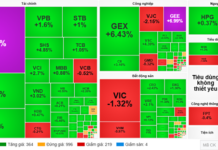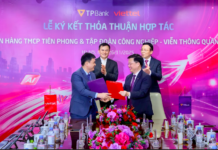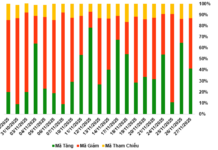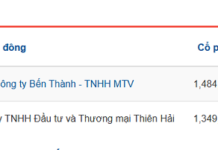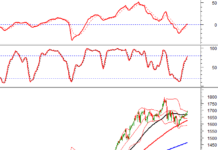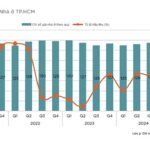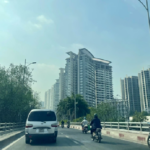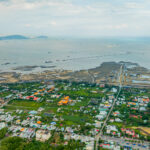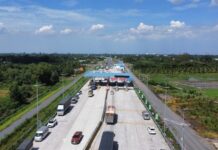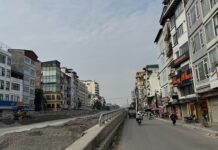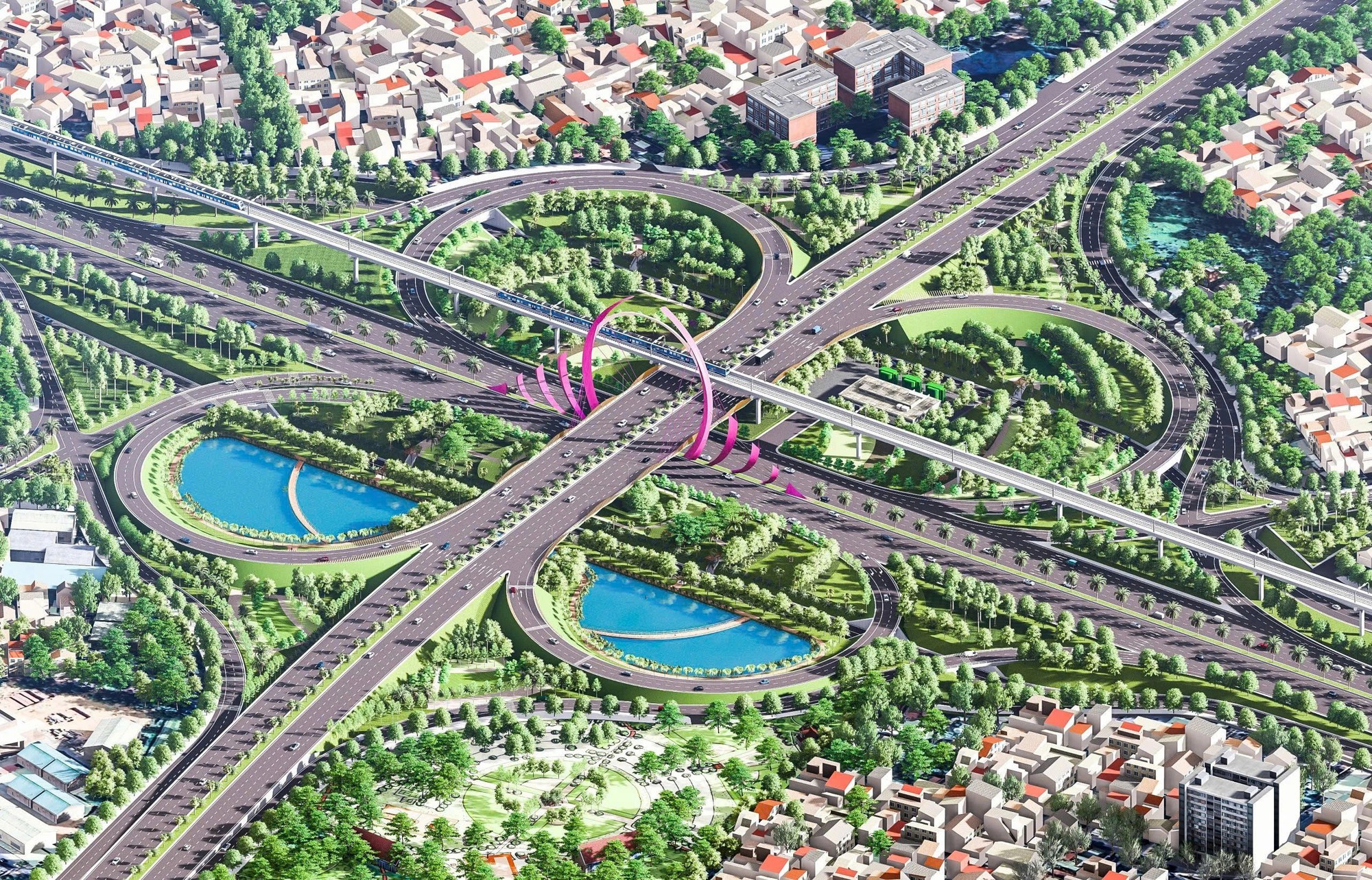
The Ho Chi Minh City Traffic Project Management Board recently announced that they have submitted the construction design drawings to the Department of Construction for approval. Preparations are underway to select a contractor for the first phase of the Ring Road 2 project, including the Binh Thai Intersection.
The first phase of Ring Road 2, stretching from Phu Huu Bridge to Vo Nguyen Giap Street, received investment approval from the Ho Chi Minh City People’s Committee in March 2025. The 3.5 km road will have 6–8 lanes. The total investment for this phase exceeds 9.3 trillion VND, with land clearance costs accounting for nearly 6.7 trillion VND.
The Traffic Project Management Board has submitted the construction design drawings for package XL01 (road section) to the Department of Construction for approval. The design and cost estimate for this package are expected to be approved by October 15, 2025. Contractor selection will begin in November, with the project scheduled to break ground by late November 2025.
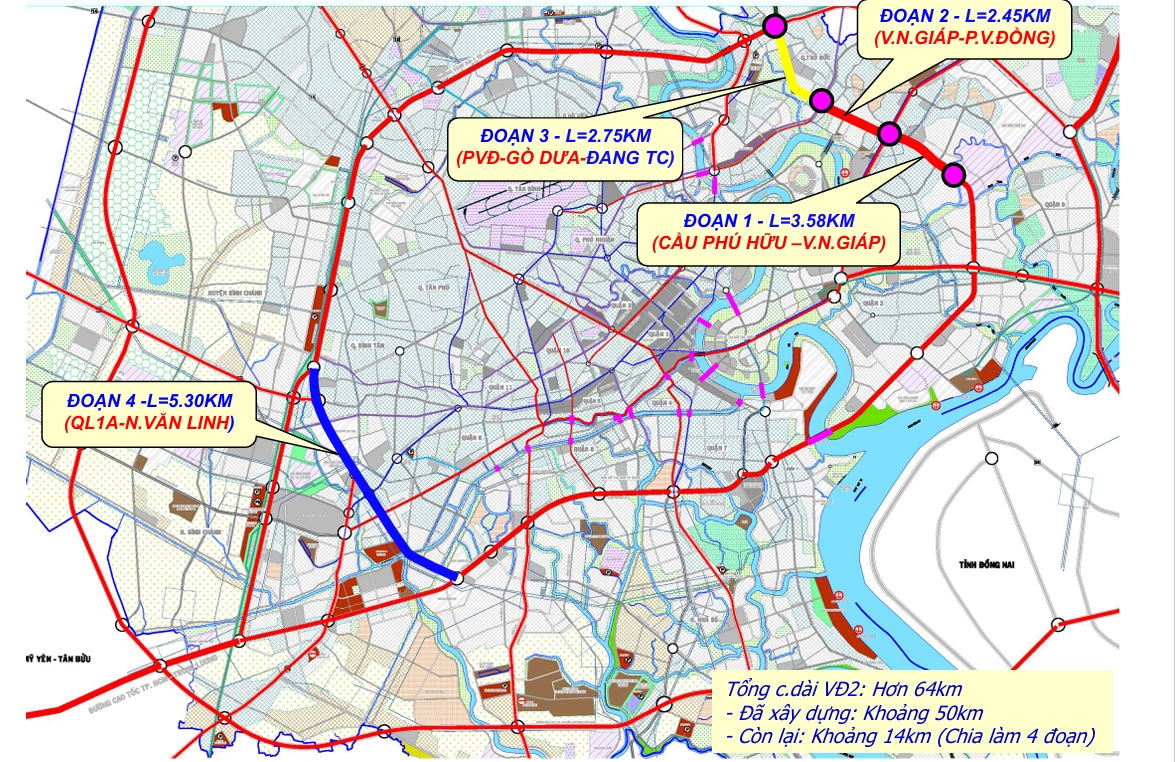
Overview of the Ring Road 2 project upon completion.
Alongside the Ring Road 2 project, the Binh Thai Intersection—where Ring Road 2 meets Vo Nguyen Giap Street (former Hanoi Highway)—is also undergoing final investment preparation procedures.
The intersection will be designed as a complete cloverleaf interchange, featuring a steel bridge along Ring Road 2 crossing Vo Nguyen Giap Street, complemented by a tunnel system on parallel routes.
The Traffic Project Management Board is expediting the design drawing approval process and preparing for contractor selection. The Binh Thai Intersection is expected to break ground by late December 2025.
Upon completion, the project will significantly reduce traffic congestion in the area, which frequently experiences prolonged gridlock, especially during peak hours.
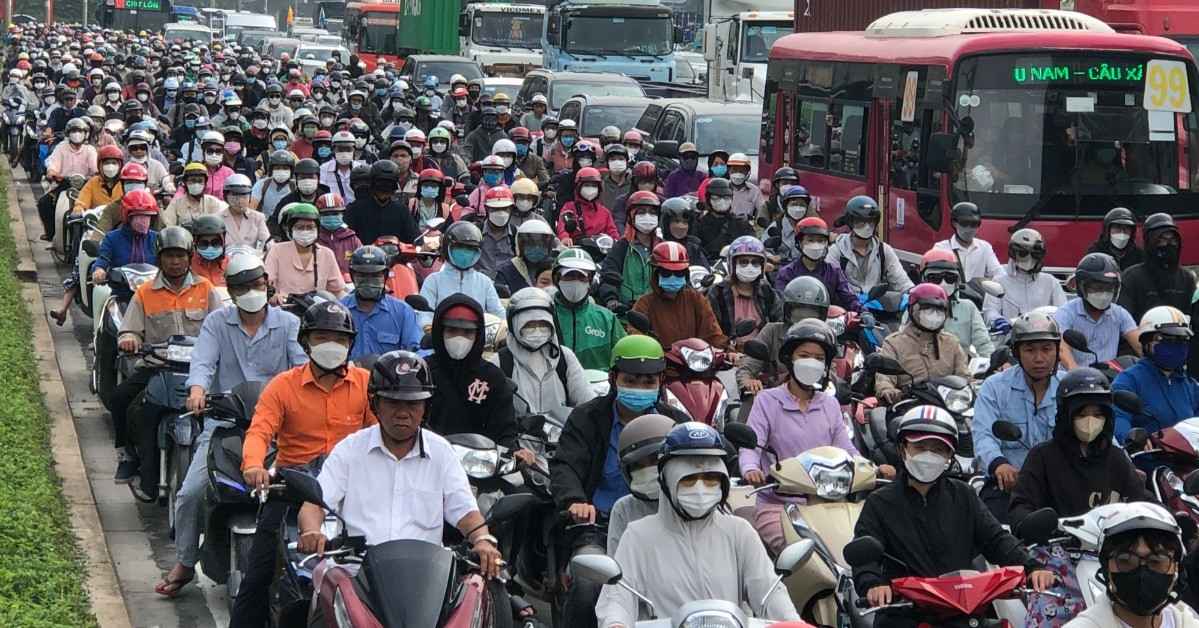
Vo Nguyen Giap Street, heading into Ho Chi Minh City center, often experiences severe traffic congestion.
Following the merger, Ho Chi Minh City has become the most populous city in Vietnam, with approximately 14 million residents. Its population is nearly equivalent to the Bangkok metropolitan area and more than double that of Singapore (over 6 million).
The new Ho Chi Minh City was established by merging the entire administrative boundaries of Ba Ria-Vung Tau and Binh Duong provinces into the existing Ho Chi Minh City, retaining the name Ho Chi Minh City. After the merger, its area expanded from 2,095 km² to 6,772 km².
Notably, Ho Chi Minh City is now Vietnam’s first megacity and the fourth in Southeast Asia.
How Can We Stabilize and Control Rising Home Prices in Ho Chi Minh City?
Amidst the soaring property prices in Ho Chi Minh City, the solution to affordable housing may not solely lie in the price tag but in the strategic long-term planning and distribution of residential areas.
Ho Chi Minh City Prioritizes Businesses as the Core of Its Service Ecosystem
The city government is committed to standing alongside businesses, actively listening to their feedback, and implementing administrative reforms centered around serving their needs.

